Researchers have made a potentially vital breakthrough in the search for renewable energy storage.
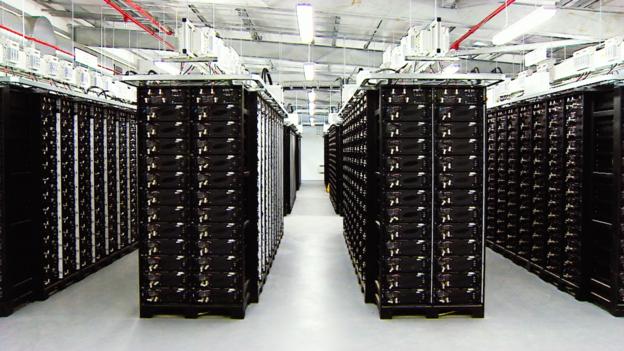


Seek will also tell you which species you are most likely to see in your area, based on wildlife observations recorded and uploaded to iNaturalist. You will be given maps and charts to help you track down nearby flora and fauna — but if you prefer to explore on your own, Seek is happy to tell you about any random plant or insect that catches your eye.
INaturalist encourages all users to take photos of everything they see – even if it’s not on the list – to develop the AI’s ability to recognize wildlife. As co-founder Scott Loarie told My Modern Met, “The only way we can improve our modeling of species is to get more data, and to do that we need more people outside taking pictures.”
Seek is currently available on the App Store and is in beta testing for Android.
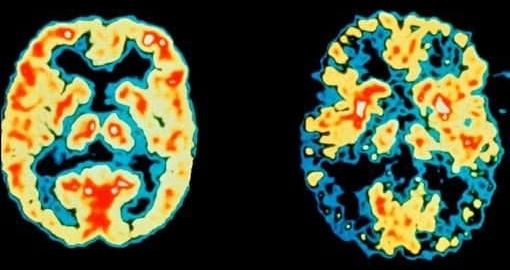
S cientists have claimed an important breakthrough in the battle against Alzheimer’s after neutralising the most significant gene responsible for the disease for the first time.
A team in California successfully identified the protein associated with the high-risk apoE4 gene and then manage to prevent it damaging human neuron cells.
The study could open the door to a potential new drug capable of halting the disease, however the researchers have urged caution because so far their compound has only been tried on collections of cells in a laboratory.
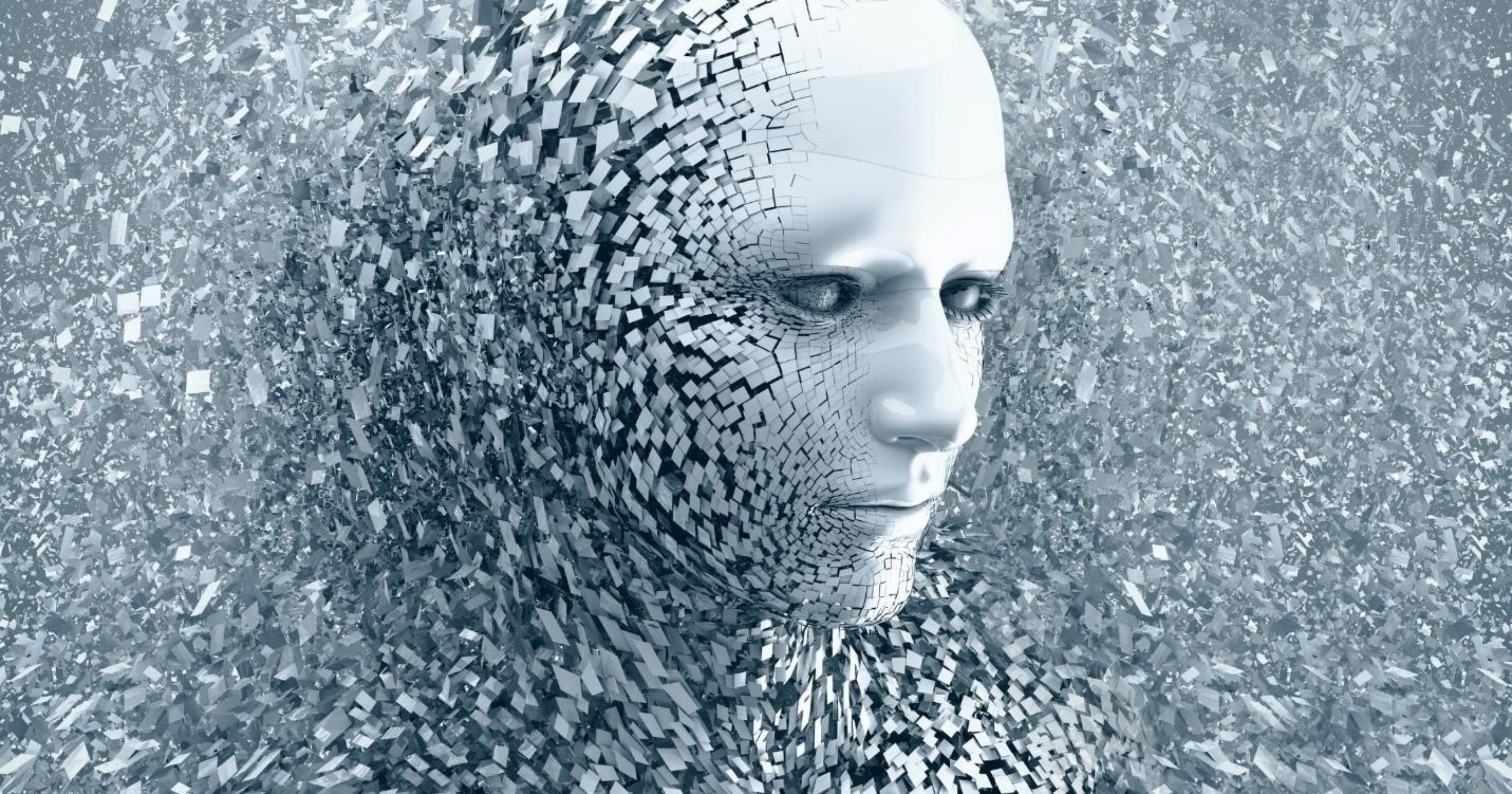
Investors are sounding the alarm after a little-known U.S. government agency green lit what could be the next trillion-dollar technology.
This tight-lipped agency, known as DARPA, has a history of developing some of the most transformative technologies known to man. But what many don’t realize is that it can PAY to follow DARPA’s biggest projects.
In fact, one DARPA-funded venture was a computer network designed to provide interconnectivity among users – we now call this network the internet.
SpaceX’s CEO feeds the hype for a new rocket with a photo showing a gigantic tool that will be used as a mold to create the spaceship’s body.
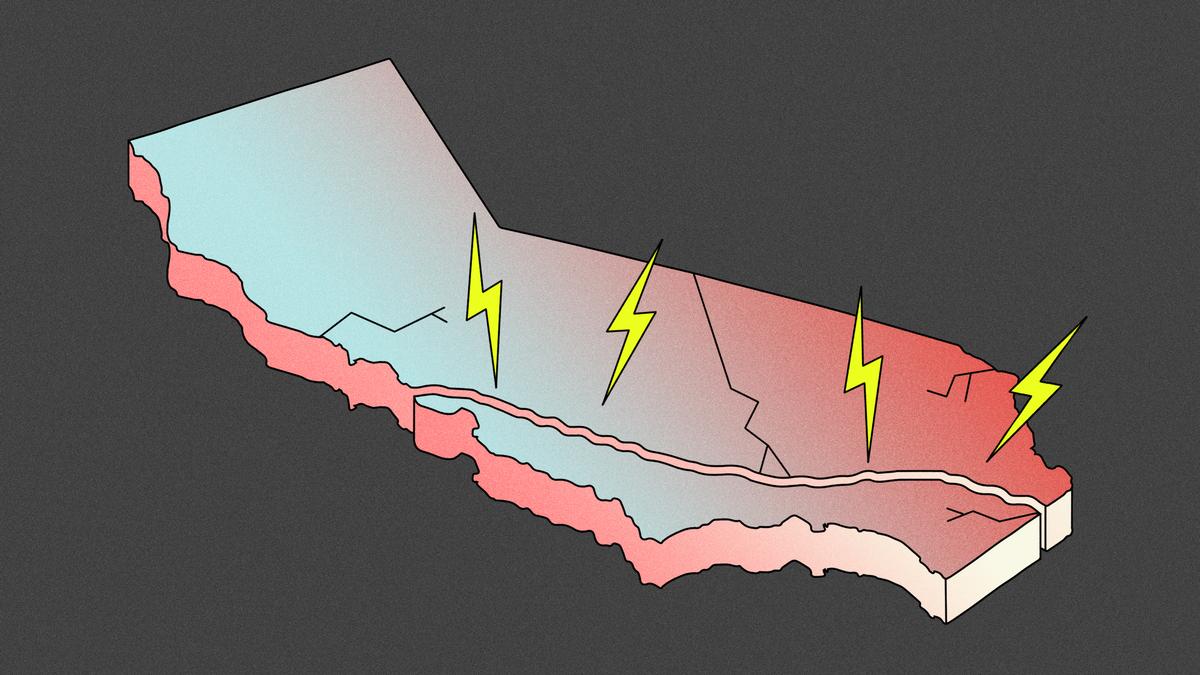
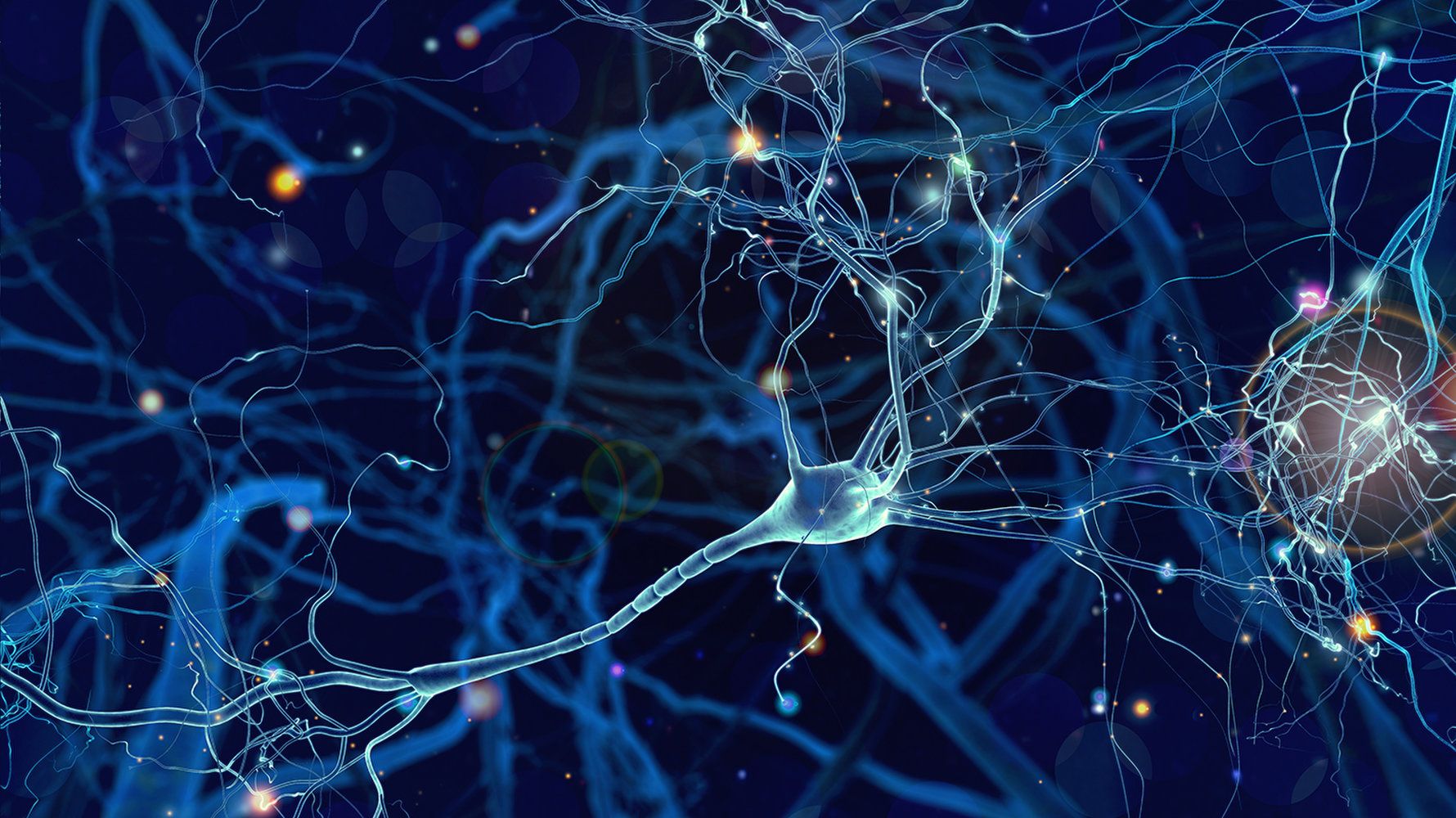

Researchers at the USC Roski Eye Institute, in collaboration with other institutions in California, have shown that a new stem cell-based retinal implant could help people with dry age-related macular degeneration.
The researchers have published the results of their phase 1/2a study in the journal Science Translational Medicine [1].

Pod transportation company, Skytran, has received $32.5 million in funding. Skytran is a NASA Space Act company that is developing a pod-based personal rapid transportation system.
Some of the funding is from former CEO of Google Eric Schmidt.
They will have a network of computer-controlled, 2-person jet-like vehicles using SkyTran magnetic levitation technology.